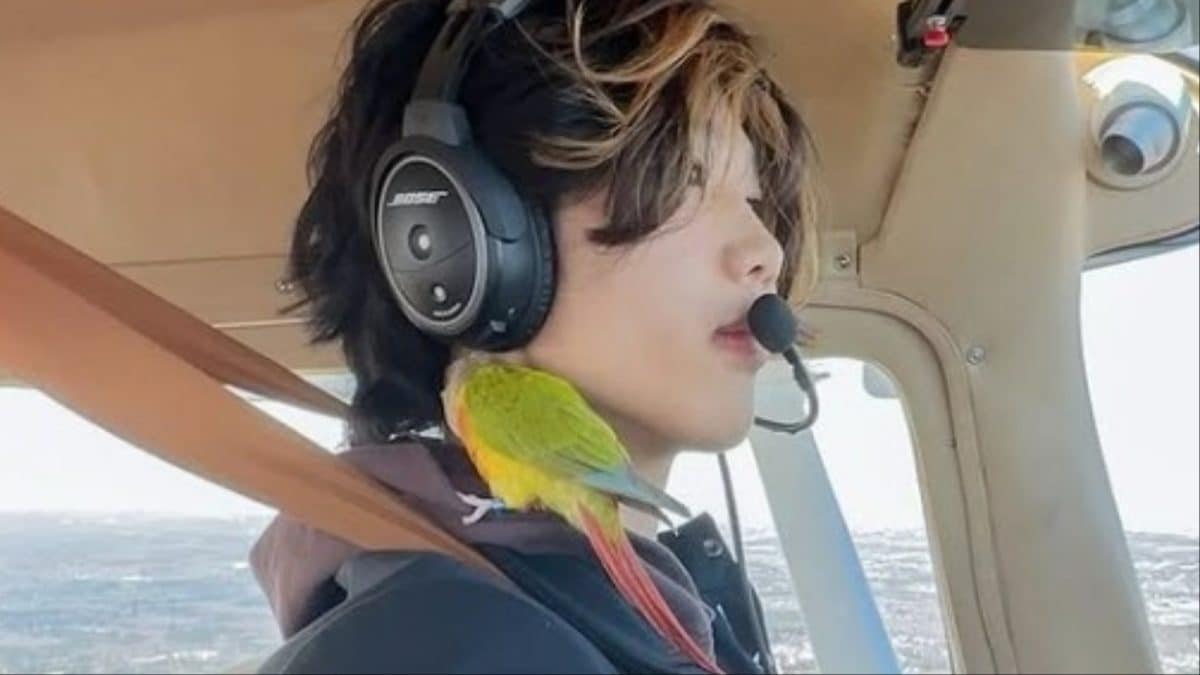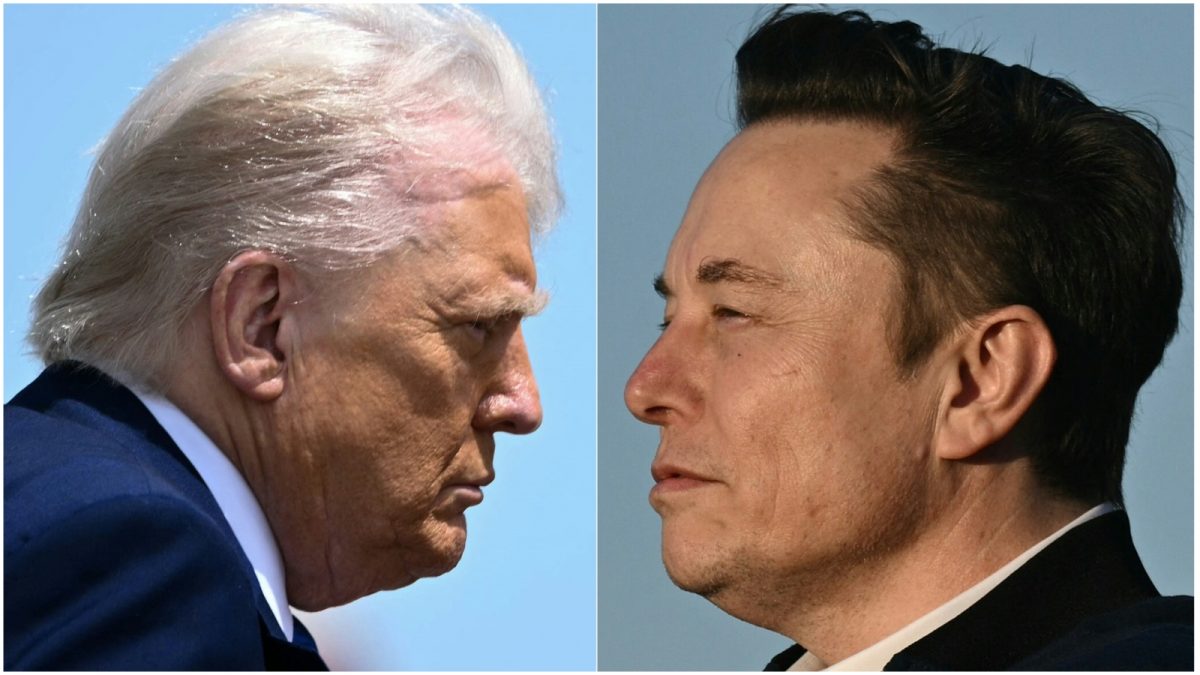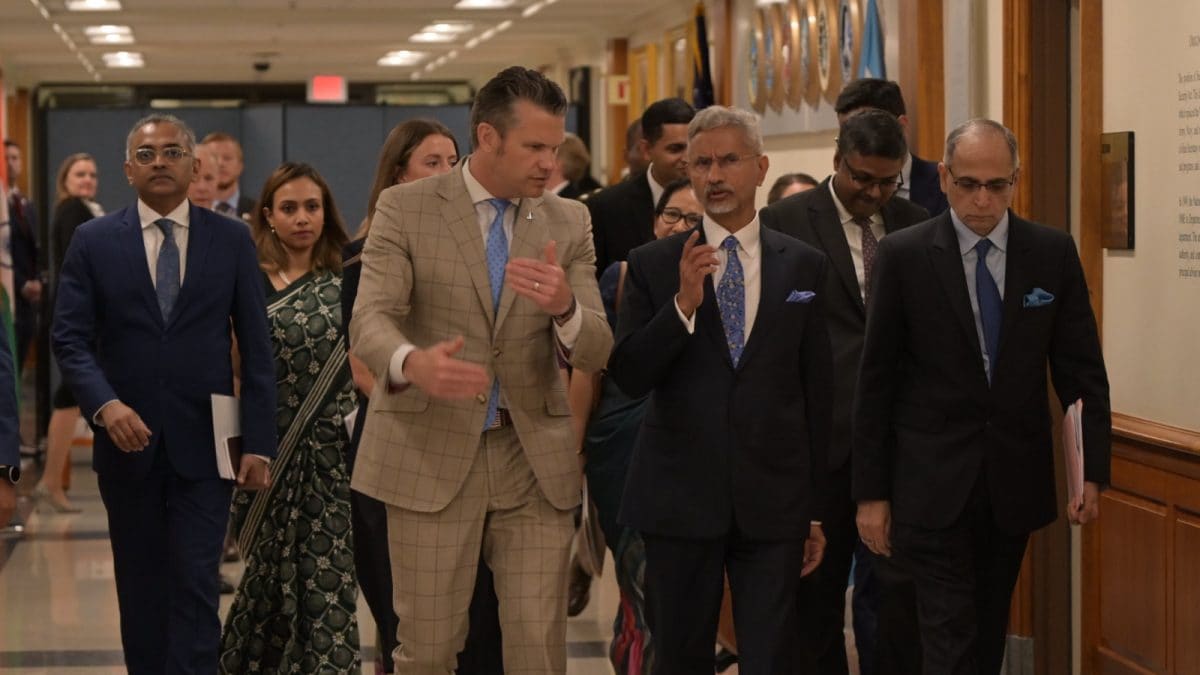Last Updated:May 31, 2025, 12:10 IST
Chauhan emphasised that real-time integration across air, land, and sea domains relies heavily on the strength and reliability of the networks connecting them.

In this image released by @HQ_IDS_India via X on March 24, 2025, Chief of Defence Staff General Anil Chauhan during a visit to the College of Defence Management, in Secunderabad. (PTI)
Chief of Defence Staff (CDS) General Anil Chauhan described Operation Sindoor as “a non-contact, multi-domain mission which included aspects like distributed force application, cyber and disinformation campaign, intelligence capabilities and network-centric operations".
Speaking at the Shangri-La Dialogue in Singapore, Chauhan noted that the operation, launched on May 7, targeted terror infrastructure in Pakistan and Pakistan-occupied Kashmir, showcasing India’s strategic shift towards punitive deterrence through remote precision.
“While Pakistan may have leveraged Chinese commercial satellite imagery, there’s no proof of real-time targeting support. India, by contrast, relied on indigenous systems like Akash, achieving success through effective system networking, integrating both domestic and foreign radars into a cohesive defence structure," he explained, highlighting the impact of modernisation on India’s defence along the borders.
Chauhan emphasised that real-time integration across air, land, and sea domains relies heavily on the strength and reliability of the networks connecting them. He raised a crucial question about where cutting-edge technology should be embedded – within the weapon itself, the platform it’s deployed on, or the network that supports it.
Chauhan noted that modern conflicts are increasingly adopting flexible and deceptive strategies. During Operation Sindoor, about 15% of the time was dedicated to countering fake narratives, highlighting the importance of information warfare.
Such narratives during the mission point to the need for a dedicated information warfare vertical, as demonstrated by India in its “fact-based communication, even at the cost of slower responses", he said. During the operation launched in response to the April 22 Pahalgam attack, India’s air-gapped military systems remained secure, while public platforms faced minor disruptions, he added.
The CDS highlighted the downside of automation and robotics in conflict and the future of Artificial Intelligence in future warfare. “When fewer lives are at risk, decision-makers may act more aggressively," he said. He also explained that military AI’s utility currently remains limited owing to its reliance on open-source data. “It must be integrated into operations, wargaming, and intelligence gathering to become truly impactful," he added.
He stated that due to geographical and geopolitical constraints to the north and east, particularly the border conflict with China and instability in Myanmar, the sea has become India’s strategic outlet. According to Chauhan, nuclear escalation in undeclared wars is illogical, adding that no war is without cost.
Location :Singapore
First Published:News world Countering Disinformation Took Up 15% Of Operation Sindoor's Time: Chief Of Defence Staff

 1 month ago
1 month ago

















